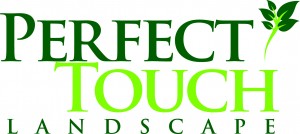
2011 FERTILIZATION SERVICE CHART
The most important thing you can do for your lawn is to feed it. A well-fed lawn is healthier, which means it has a better root system to combat heat, cold, drought, mowing, foot traffic and other stresses. While feeding your lawn once a year will improve its condition, feeding it four times a year will make it even healthier. If you put your lawn on the regular feeding schedule outlined below, it will look lush and green, and your neighbors will turn green with envy.
Early Spring (Feb-April)
Lawns wake up hungry in the spring. Feeding your lawn in the spring strengthens roots and gets it off to a good start before the heavy growing season. If you see crabgrass, apply a combination fertilizer with a pre-emergent to control it.
Fertilization
Pre- Emergent Weed Control
Late Spring(Apr-June)
Spring is lunch time for lawns. Your grass is busy and using up stored energy. That’s why you want to supply the lawn with a feeding designed for this time of year. Unfortunately, broadleaf weeds are actively growing, too. Hit them and feed your lawn with a combination of fertilizer with broadleaf weed control (a “weed-n-feed”).
Fertilization
Weed Control
Summer(June-August)
Summer is tough on grass. Heat, drought, foot traffic, and insects stress it out. Feeding your lawn in the summer protects and strengthens it against these problems. Lawns in warm-season grass areas should be fed over the summer months as they grow steadily from spring to fall. If you see insects in your grass, use a feeding product that also contains insect control.
Fertilization
Fall (Sept- Nov)
Fall brings back ideal conditions for your lawn. Cool nights, ample rainfall and morning dew are just about as good as it gets for grass. Now the lawn is ready to grow again, and is looking for the nutrients it needs to recover from summer damage. Some experts will say this is most important.
Fertilization

